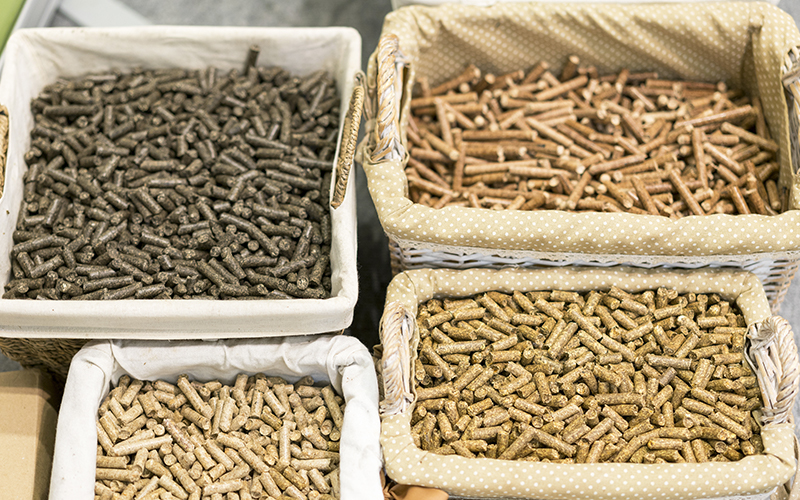Many horse owners are unaware of the potentially devastating consequences of accidental ingestion of calf pellets.
Many pellets designed for calves/cattle contain additives that are highly toxic to horses, as well as other non-ruminant species. The most common and harmful additives are called ionophores, commonly known as monensin sodium (Rumensin) and lasalocid (Bovatec). These medications help with feed conversion efficiency as well as inhibiting coccidia in ruminants, however, they should never be fed to horses, as even the smallest amounts can be extremely toxic.
Although monensin can affect all cell types, muscle cells (in particular, the heart muscle called myocardium) are most severely affected. Clinical signs of consumption can include a loss of appetite, rapid or irregular heart rate, exercise intolerance, sweating, colic, and unexpected death.
Ingestion of these products should be treated as an emergency, and veterinarians must be called immediately, as promptness of treatment has a significant impact on the outcome.
Case Study — Midge & Bucky
In December 2020, our team were called out to two quarter horses who had consumed an entire bag of calf pellets between them. Luckily, the owner quickly recognised what had happened, and the horses were attended to very quickly.
Upon initial examination, the horses were clinically normal. At this time, they were given anti-inflammatory/anti-toxic medication, and activated charcoal and fluids were administered via stomach tube with the aim of minimising absorption of monensin from the intestinal tract. The owner was also instructed to stand the horses in iced water to assist in the prevention of laminitis (another potential complication of toxicity). Clinical signs following ingestion can take 12-24 hours to appear, so the owner was understandably monitoring them very closely.
The horses were checked again that afternoon, and both had started to exhibit signs of toxicity. The main clinical signs noted at the time were mild colic symptoms and elevated heart rates. On auscultation, the heart rhythms of both horses were also found to by arrhythmic. The owner was left with anti-inflammatory/anti-endotoxic drugs and instructed to monitor the horses closely for further changes. It was also recommended that exercise be strictly limited as to reduce stress on muscle cells.

72 hours following ingestion, one of the horses developed a profuse, watery diarrhoea. The horse was treated at the time to correct dehydration, and an intestinal adsorbent prescribed in an attempt to reduce the diarrhoea and subsequent fluid loss. Thankfully, the mare responded well to the treatment. A Troponin (cTn1) blood test was also performed on this mare later in the week which assesses the level of damage to the myocardium (heart muscle). Thankfully (and to our surprise) she returned a normal reading.
Although both horses appear to be relatively healthy at this stage, they are still being closely monitored, as side effects can continue to appear up to 3 months following ingestion. Whilst their athletic careers are uncertain currently, the team at Southwest Equine along with the owners, are very happy with their progress.
Because treatment of horses suffering monensin poisoning is very difficult, and often unrewarding, great care must be taken to ensure that horses cannot access products containing monensin. As with most conditions, prevention is key!
If you are ever suspicious that your horse may have had access to these products, please contact your veterinarian immediately.

